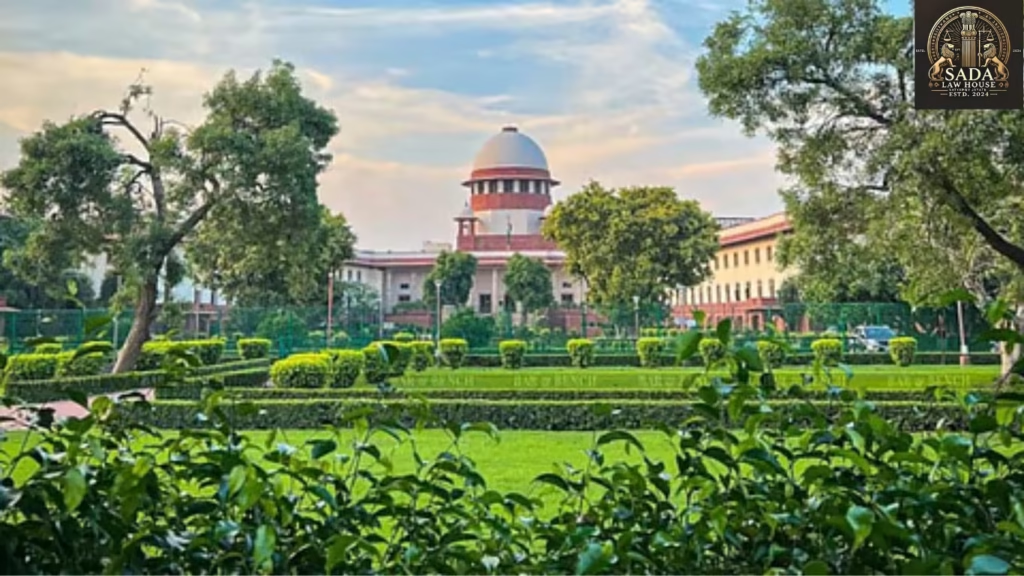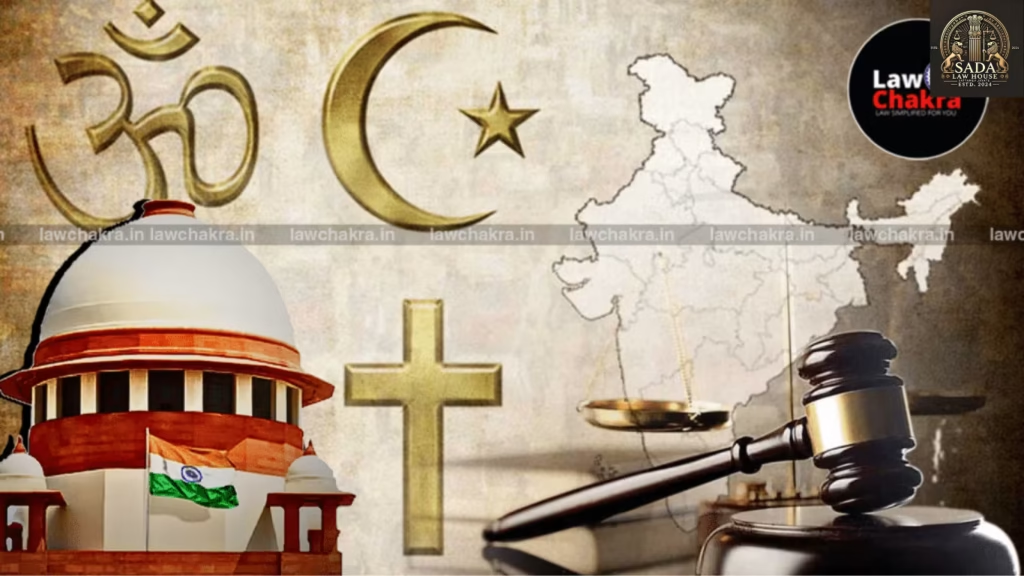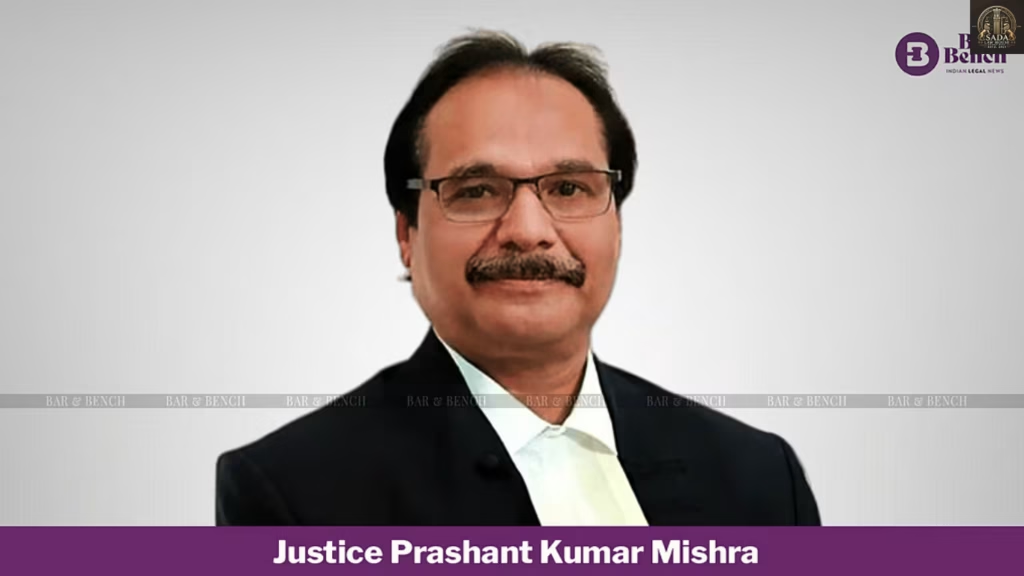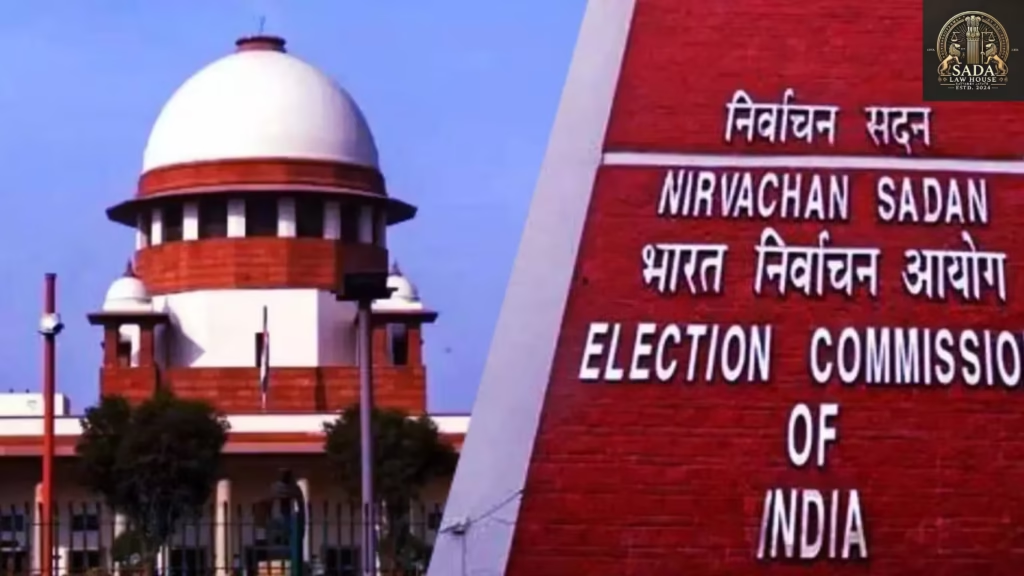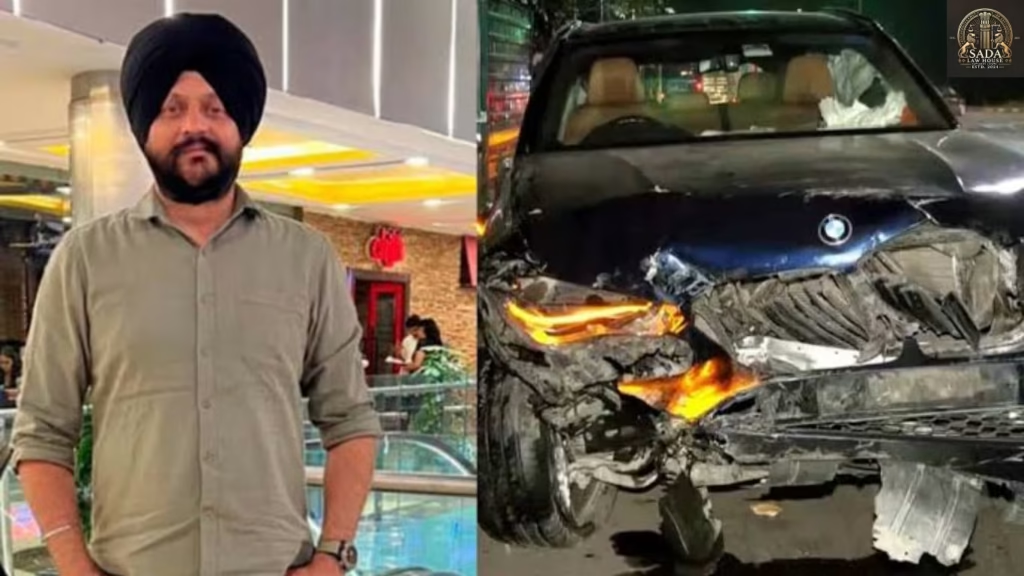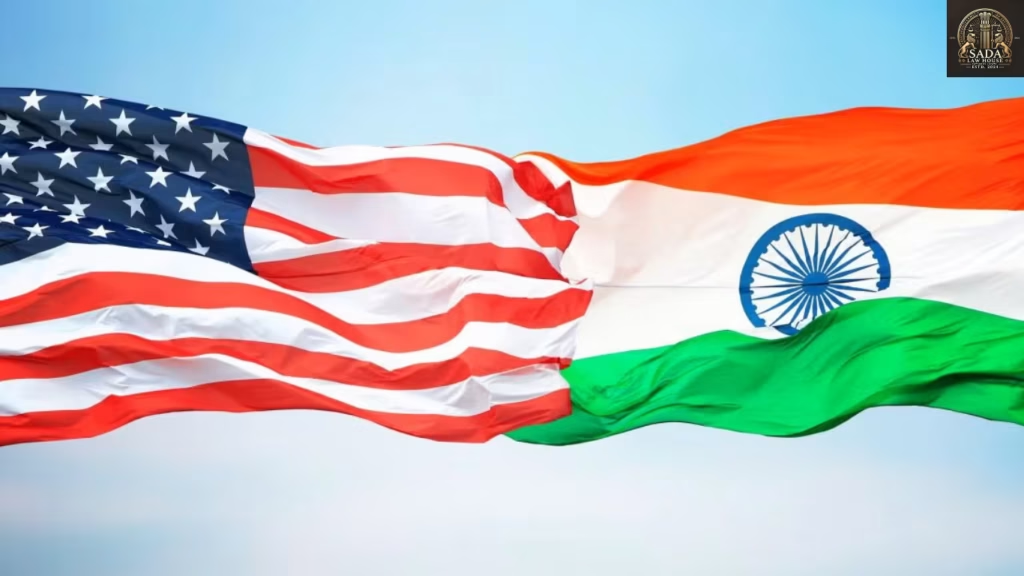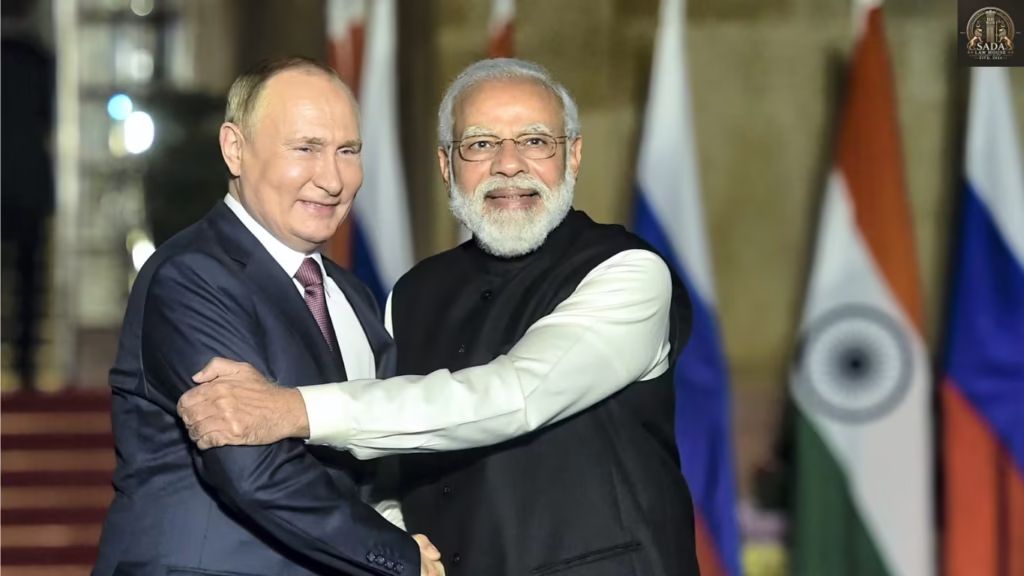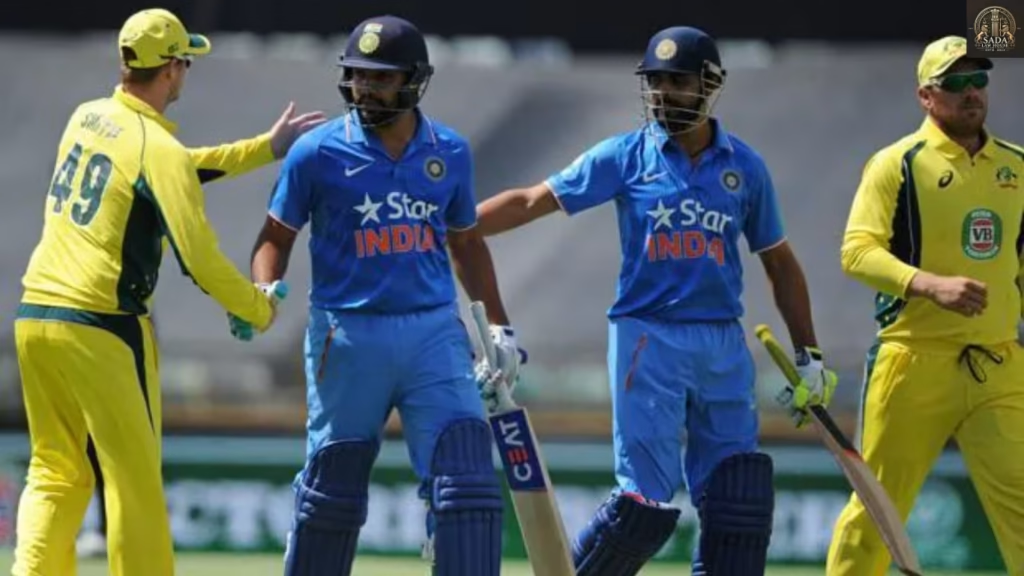“Pray to Lord Vishnu”: Supreme Court Refuses to Entertain Plea to Restore Beheaded Idol at Khajuraho
Trending Today “Pray to Lord Vishnu”: Supreme Court Refuses to Entertain Plea to Restore Beheaded Idol at Khajuraho Supreme Court to Decide Validity of All Religious Conversion Laws; Transfers Cases from High Courts to Itself Mother Can’t Be Denied Child Custody Merely Because She Is Not as Wealthy as Father: J&K High Court We Will Have the Best ADR in the World: Supreme Court Justice PK Mishra at DAW 2025 Supreme Court Warns of Nullifying Entire Bihar Electoral Roll Revision if Illegality Found Anatomy of a Crash: The Story of Gagan Preet Makkad and Navjot Singh Preserving Ties, Protecting Sovereignty: India’s U.S. Strategy URBAN COMPANY & DEV ACCELERATOR IPOS: ALLOTMENT TODAY, GMP SURGING – HOW TO CHECK STATUS LIVE RUSSIA REAFFIRMS FIRM ALLIANCE WITH INDIA, TELLS US ATTEMPTS TO UNDERMINE IT WILL FAIL INDIA FALLS SHORT DESPITE STRONG START; AUSTRALIA CLINCHES FIRST ODI COMFORTABLY “Pray to Lord Vishnu”: Supreme Court Refuses to Entertain Plea to Restore Beheaded Idol at Khajuraho Kashak Agarwala 16 September 2025 Introduction: The Supreme Court of India on September 16, 2025, declined to entertain a petition seeking restoration of a beheaded 7-foot statue of Lord Vishnu at the Javari temple, part of the Khajuraho group of monuments in Madhya Pradesh. The Court held that the matter falls under the jurisdiction of the Archaeological Survey of India (ASI), not the judiciary. Background: The Khajuraho temples, constructed by the Chandravanshi kings, are famous for their intricate carvings and historical significance. The idol in question was mutilated during past invasions, including by the Mughals, and has remained unrestored for decades. The petitioner argued that government inaction, both during the colonial period and post-independence, had left the idol in its damaged state. Key Developments: Petition Filed: Rakesh Dalal filed the petition, urging restoration of the idol and asserting that its damaged condition violates devotees’ right to worship. Court Proceedings: The petition was heard by Chief Justice BR Gavai and Justice Augustine George Masih. CJI Remarks: CJI Gavai advised the petitioner to approach ASI for restoration, emphasizing the legal and administrative jurisdiction: “Go and ask the deity itself to do something now…It is an archeological field and ASI must issue permission etc.” Issues Raised: Alleged violation of devotees’ right to worship due to non-restoration of the idol. Historical neglect of cultural heritage, both during colonial times and after independence. Repeated petitions, protests, and memoranda submitted to authorities were reportedly ignored. Current Status: The Supreme Court rejected the petition, clarifying that restoration is under ASI’s administrative domain. The matter will now have to be pursued with the ASI, which governs maintenance and restoration of protected monuments. Conclusion: The Supreme Court’s refusal highlights the division between judicial intervention and administrative authority in heritage conservation. While devotees’ concerns remain, restoration of historic idols must be addressed through statutory bodies like ASI rather than the courts. Leave a Reply Cancel Reply Logged in as Sada Law. Edit your profile. Log out? Required fields are marked * Message* Live Cases “Pray to Lord Vishnu”: Supreme Court Refuses to Entertain Plea to Restore Beheaded Idol at Khajuraho Sada Law • September 16, 2025 • Live cases • No Comments Supreme Court to Decide Validity of All Religious Conversion Laws; Transfers Cases from High Courts to Itself Sada Law • September 16, 2025 • Live cases • No Comments Mother Can’t Be Denied Child Custody Merely Because She Is Not as Wealthy as Father: J&K High Court Sada Law • September 16, 2025 • Live cases • No Comments 1 2 3 … 5 Next »

